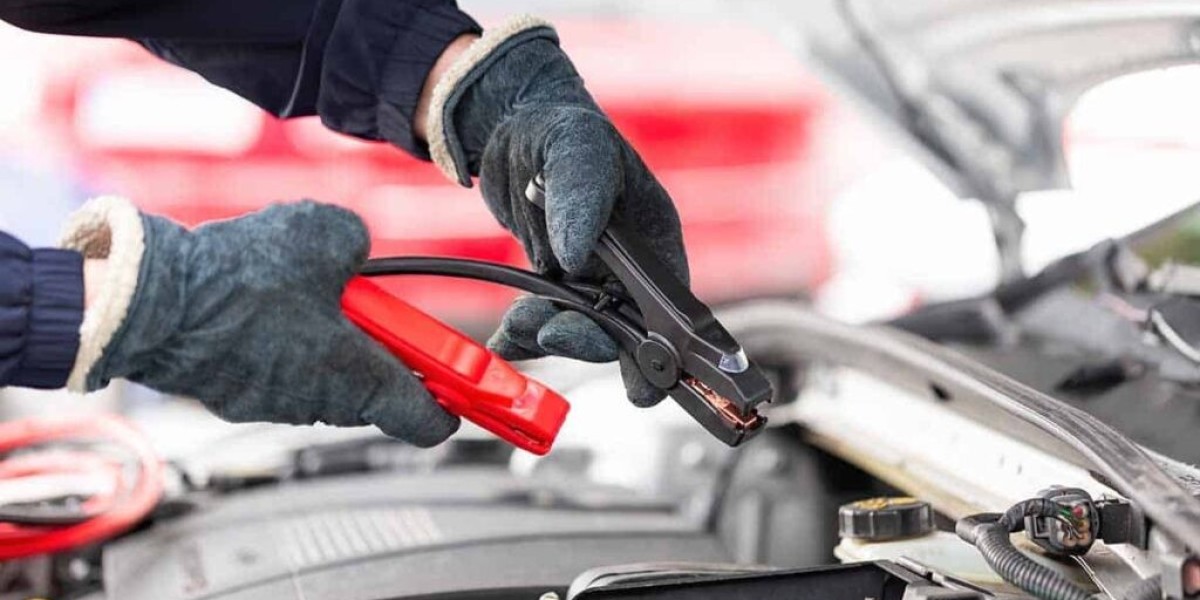Germany is famous for its robust education system, which has consistently ranked among the best in the world. Understanding the structure of primary and secondary education in Germany is essential for students and families to navigate the opportunities available. If you are considering relocating to Germany or exploring educational opportunities for your children, this blog provides an in-depth overview. Let's not forget the larger educational scenario for Indian students looking to study abroad. Organizations like letsconnectgermany help in understanding and access free education in Germany for Indian students at all levels, making it an ideal destination for academic pursuits.
Understanding the Structure of Education in Germany
The German education system is decentralized, as there are 16 federal states (Länder) each having its education policies. The overall framework varies from state to state, although details differ slightly in each region. All children between 6 and 18 years are compelled to receive education. A vast majority of the students are enrolled in free-of-cost public schools. Let us proceed with an elaboration on the primary and secondary levels of education.
Primary Education (Grundschule)
Duration: Grundschule is usually four years long (grades 1–4). In some states, it lasts six years.
Age Group: Primary school begins at age six.
Curriculum: The emphasis during these early years is on laying the foundation in:
Reading and writing
Mathematics
Natural and social sciences
Physical education
Arts and music
Many schools also include basic instruction in ethics, religion, or cultural studies. Classes are structured to be engaging, encouraging creativity and collaboration.
Assessment: Instead of high-pressure examinations, students are assessed based on continuous performance and participation. This holistic approach ensures that children’s learning experiences remain enjoyable and stress-free.
For international families, primary education offers an excellent way to integrate children into German culture. Many schools provide language support for non-German-speaking students, ensuring a smooth transition.
Transition to Secondary Education
After completing Grundschule, students attend secondary education. Germany is unique compared to other countries in the fact that there are several options available, making education more appropriate for students' skills and career goals. letsconnectgermany Study in Germany can further elaborate on the different options for expatriates.
Secondary Education (Sekundarstufe I and II)
Secondary education in Germany has two stages:
Lower Secondary Education (Sekundarstufe I): Grades 5–10
Upper Secondary Education (Sekundarstufe II): Grades 11–12/13
Types of Secondary Schools
1. Hauptschule
Focus: Practical skills and vocational preparation
Duration: Grades 5–9 or 10
Outcome: Graduates often pursue apprenticeships or vocational training programs.
2. Realschule
Focus: Balanced academic and vocational training
Duration: Grades 5–10
Outcome: Opens pathways to vocational training, specialized schools, or higher secondary education (Gymnasium).
3. Gymnasium
Focus: Academic excellence, preparing students for university
Duration: Grades 5–12/13
Outcome: Students earn the Abitur, qualifying them for higher education.
4. Gesamtschule
Focus: Comprehensive education combining the pathways of Hauptschule, Realschule, and Gymnasium
Duration: Grades 5–12/13
Outcome: Flexible options depending on the performance and aspirations of the students.
5. Berufsschule (Vocational School)
Focus: Dual system with classroom learning combined with hands-on training
Duration: After grade 9 or 10, depending on the schooling done before
Outcome: Equips students for a specific trade and career.
Inclusive Education and Support Systems
Germany also encourages mainstream education for children with disabilities or special needs as much as possible, although specialized schools and facilities exist to provide further support to those in need.
Characteristics of German Secondary Education
Bilingual and International Schools: Bilingual or international schools are also offered in most states and are aligned with curricula like the International Baccalaureate (IB) or the British GCSE/A-Level system.
Free Education: Education in Germany is free, thus making it accessible to all students regardless of their socio-economic background.
Career Guidance: The secondary schools offer strong career counseling, which helps the students to identify their strengths and align them with future opportunities.
Why Germany's Education System Stands Out
The German model is distinct, combining both theoretical learning and practical application. It helps ensure that the student will be better prepared to face real-life situations after graduating from the German school system, be it into the job market or higher education.
The German education system might appear to be daunting at first for expatriates and international students. Platforms such as letsconnectgermany have simplified this process for families moving to Germany by providing information and individual support.
Opportunities for Indian Students
Germany also supports quality education in international students, including Indian students. Free education in Germany for Indian children is accessible under programs that bridge academic as well as professional development. Parents of children in schools will also appreciate the openness and flexibility with which German schools adapt to the needs of the whole family.
Dealing with Problems
Understandably, though benefits abound from learning in Germany, benefits are never without problems :
Language: Even though there are international schools, most public schools teach mainly in German. Early language preparation is a crucial aspect for an easy integration process.
Regional Variations: Because of the federal system, the education policies and curriculums vary from state to state.
Switching between types of schools: Decisions made after primary school may determine educational and career prospects, so good decisions are critical.
Such organizations, as letsconnectgermany, also fill these gaps with personalized consultation services.
Parents' Involvement in the Educational Process
The German approach supports and encourages extensive involvement from the side of the parents. The teachers in the school engage actively with their parents by continuously reporting the student's performance and participating with them in any activities for students. Communication between expat parents and schoolteachers is incredibly vital to get more out of education.
Conclusion
Germany's primary and secondary education system is a success story in itself-fully inclusive, meaning that every child has access to free public schooling, varying pathways to academic/vocational training, and success in an increasingly competitive world. The opportunities are equally immense for Indian students going out to study in Germany.
Platforms like letsconnectgermany have been highly important in the ease of making a journey; providing invaluable support when navigating the paths of education and settling in to life in Germany. Relocation with the family or the fulfillment of educational pursuits, Germany proves to be a rich place that values education and makes it more than a right but something highly celebrated.



